Wireless Charging: Convenient, Modern, but Is It Truly Perfect?
Today, wireless charging technology is no longer unfamiliar to us, as it is mostly integrated into high-end smartphones from brands like iPhone and Samsung. So, what is this technology, what are its highlights, and which devices support it? Let's explore in the following article!
What is Wireless Charging Technology?
Wireless charging is a technology that can charge a mobile device's battery without the traditional method of using a power cable or charging dock. This method doesn’t require plugging a cable into your phone to charge it; you simply place your device on a pad or base that supports power transmission to start charging.
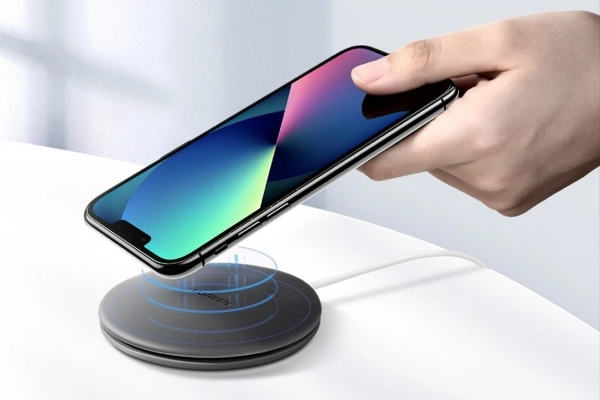
How Does Wireless Charging Work?
Wireless charging operates on the principle of using two resonant inductive coupling points to transmit a low-voltage signal between devices. The difference is that these connection points can transfer power without contact, unlike wired connections.
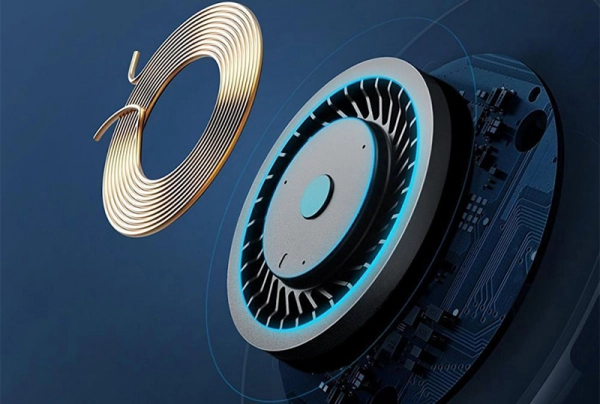
Additionally, the charger is designed with a transmitting coil, and the mobile device has a receiving coil, enabling them to transmit signals and initiate wireless charging. These electronic coils are specially designed to create a magnetic field between the transmitting and receiving devices. As a result, the magnetic field generates current through voltage differences and frequency oscillations, which is then transferred to the smartphone.
There are currently several standards for wireless charging, such as Wipower, Qi, and A4WP. Although these standards differ slightly in how they generate a magnetic field, they fundamentally follow the same basic process.
Advantages and Disadvantages of Wireless Charging
1. Advantages
- Safety: Wireless charging helps reduce risks and accidents, such as fires or explosions, when using low-quality wired chargers.
- Convenience: It offers greater convenience by eliminating the need to carry multiple cables, charging docks, or bulky power banks.
- Efficiency: Wireless charging still provides effective power transfer, making charging simpler and safer compared to traditional wired methods.

2. Disadvantages
- Limited Compatibility: Wireless charging is still limited for phones with metal casings like aluminum or steel, as they cannot be charged through metal. Therefore, wireless charging only works with smartphones that have glass or plastic backs.
- Slower Charging: This technology takes more time and generates more heat compared to wired charging.
- Battery Lifespan: Constantly keeping the device in a charging state can reduce battery lifespan.
Current Wireless Charging Standards
A few years ago, there were three main standards for wireless charging: Alliance for Wireless Power, Power Matters Alliance (or Powermat), and Qi from the Wireless Power Consortium. In 2015, the first two standards merged to form the AirFuel Alliance, making Powermat the primary standard. Although the two groups were competitors, both technologies were based on magnetic resonance.

Over time, Powermat became part of the Wireless Power Consortium (WPC), which manages the Qi standard. This unified the wireless charging standards, opening up more opportunities for development.
Apple’s support for the Qi standard forced Powermat to adopt Qi and upgrade its chargers to support Qi at Starbucks locations. As a result, Apple’s iPhone sales increased significantly.
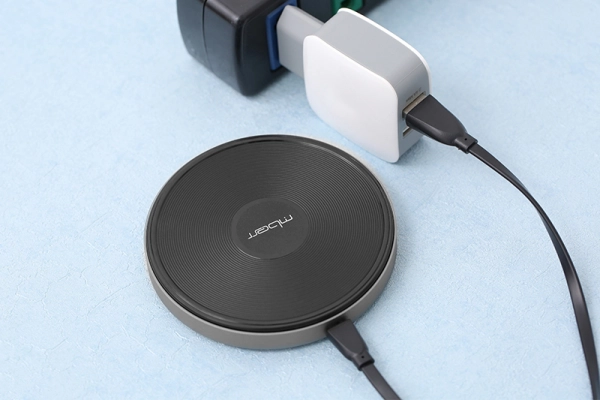
By joining the WPC, Powermat was able to standardize wireless charging systems and develop future technologies based on Qi's global standard. This has made wireless charging more widespread, allowing consumers to use it anywhere.
How to Use Wireless Charging
Using wireless charging is quite simple. Just follow these steps:
- First, connect and check the connection between the charging base/pad and the power source.
- Then, place the wireless charger on a flat surface.
- Finally, place your phone in the correct position on the charging base or pad to start charging.
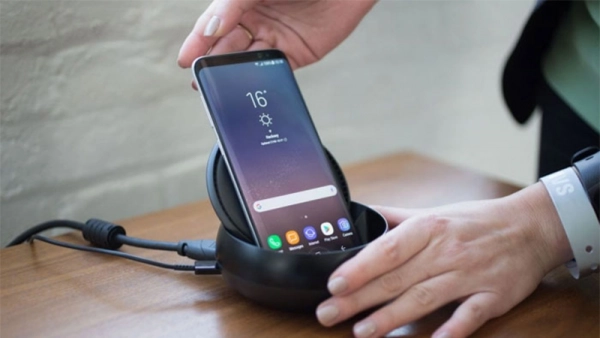
Phones That Support Wireless Charging
Here is a list of smartphones from various brands that support wireless charging. You can refer to this for more information.
iPhone
- iPhone 13 series: iPhone 13 Mini, iPhone 13, iPhone 13 Pro, iPhone 13 Pro Max.
- iPhone 12 series: iPhone 12 Mini, iPhone 12, iPhone 12 Pro, iPhone 12 Pro Max
- iPhone 11 Pro Max, iPhone 11 Pro, iPhone 11.
- iPhone XR, iPhone Xs Max, iPhone Xs, iPhone X.
- iPhone 8, iPhone 8 Plus.
Samsung
- Samsung Galaxy Z Fold3 5G, Samsung Galaxy Z Flip3 5G.
- Samsung Galaxy S22 Ultra 5G, Samsung Galaxy S22+5G, Samsung Galaxy S22 5G.
- Samsung Galaxy S21 Ultra 5G, Samsung Galaxy S21+5G, Samsung Galaxy S21 5G.
- Samsung Galaxy Fold và Z Fold 2 5G.
- Samsung Galaxy Z Flip (Z Flip 5G).
- Samsung Galaxy Note 20 (Note 20 Ultra).
- Samsung Galaxy S20, S20 Ultra, S20 FE Edition.
- Samsung Galaxy Note 10, Note 10 Plus, Note 10 Plus 5G.
- Samsung Galaxy S10, S10 Plus, S10e, S10 5G.
- Samsung Galaxy Note 9, Samsung Galaxy S9 (S9+).
Is Wireless Charging Faster Than Wired Charging?
In most cases, wireless charging takes longer than using a cable with fast-charging technology on smartphones. However, some wireless chargers can be faster than others, with higher power outputs that can charge large batteries in about two hours. Charging speed is generally evaluated based on power output (usually 5W or 10W) or output current.
Does Wireless Charging Make Your Phone Hot?
The answer is yes. Almost all phones and chargers get hot at the contact point during charging. You don't need to worry too much because both wireless and wired charging can cause your device to heat up. However, if your phone becomes excessively hot, there could be battery-related issues.
Is Wireless Charging Safe?
Most Qi-certified wireless chargers are safe. The Qi standard is globally recognized as the leading standard. Moreover, wireless charging only works at close distances, so the electromagnetic field is not strong enough to negatively impact humans. It is considered safer because it doesn't use a wired connection.
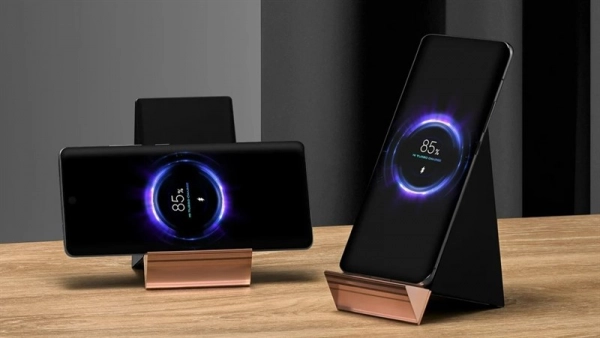
When charging a phone via a standard USB connection, both power and data are transmitted, which could potentially expose your phone to hackers. Wireless charging is safer in this regard because it only transmits power.
Is Wireless Charging a Major Change?
Wireless charging standards have been around for years, so most devices now support multiple standards. Wireless charging is expected to become the standard for smartphones in the future. Apple’s support for the Qi standard may help it become the primary wireless charging standard in the future.
We hope this article has provided you with useful information about wireless charging technology. Thank you for reading, and see you in the next article.
Submit feedback
Your email address will not be made public. Fields marked are required *
Search
Trend
-
What is Black Myth: Wukong? Detailed Guide on System Requirements and Gameplay
08-21-2024 . 1k view
-
The simplest and fastest way to log into the Chinese TikTok, Douyin.
01-10-2022 . 1k view
-
Blog sites that will accept AI generated content
07-26-2024 . 1k view
-
Call of Duty: Black Ops 6 - Intense, Mysterious, and Surprising Warfare
09-02-2024 . 1k view
-
The "End of Life" for Windows 10: A Massive E-Waste Threat and Sustainable Solutions
08-18-2024 . 946 view






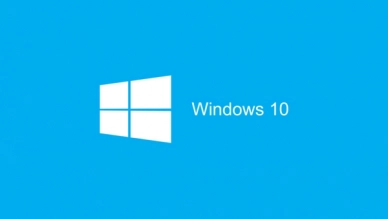
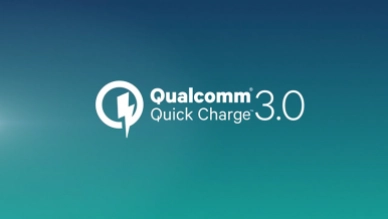
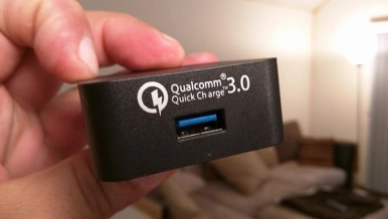
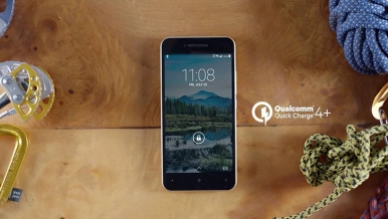
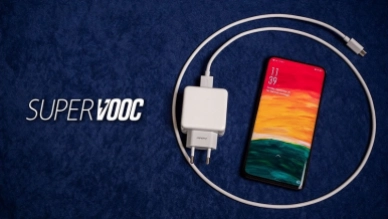
0 feedback